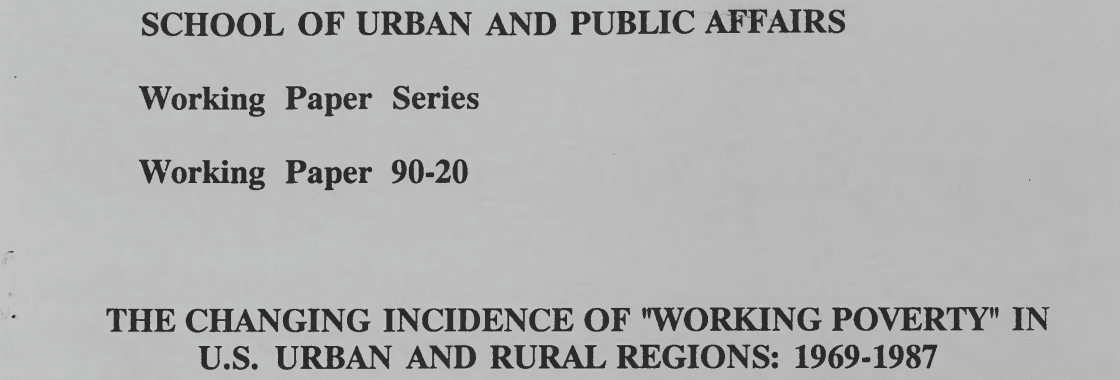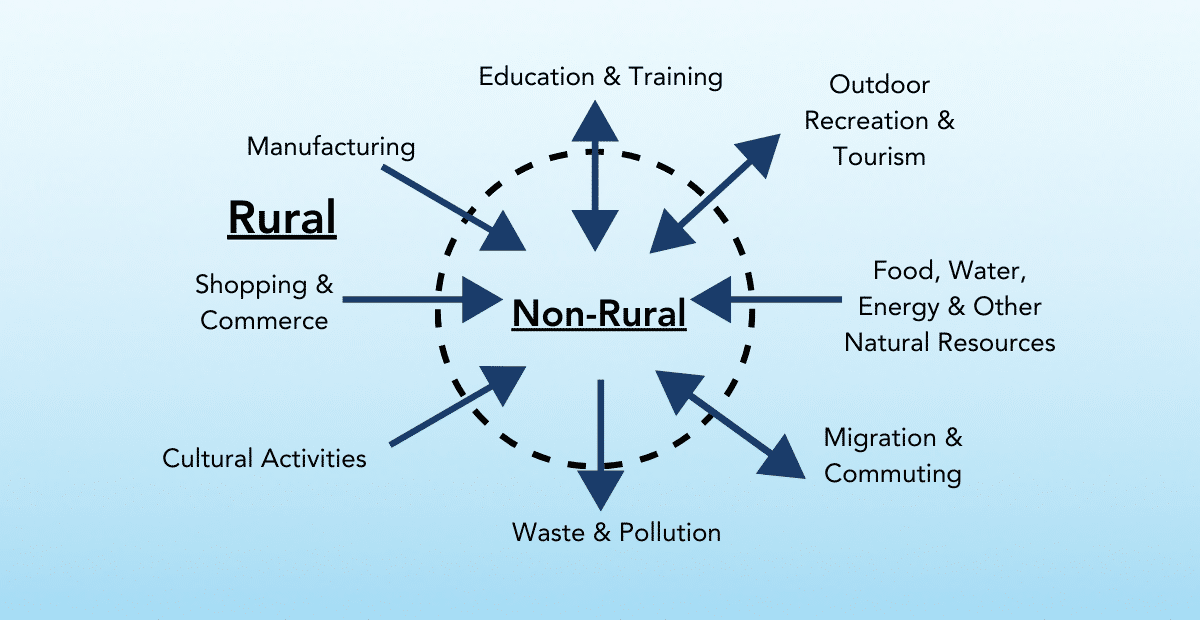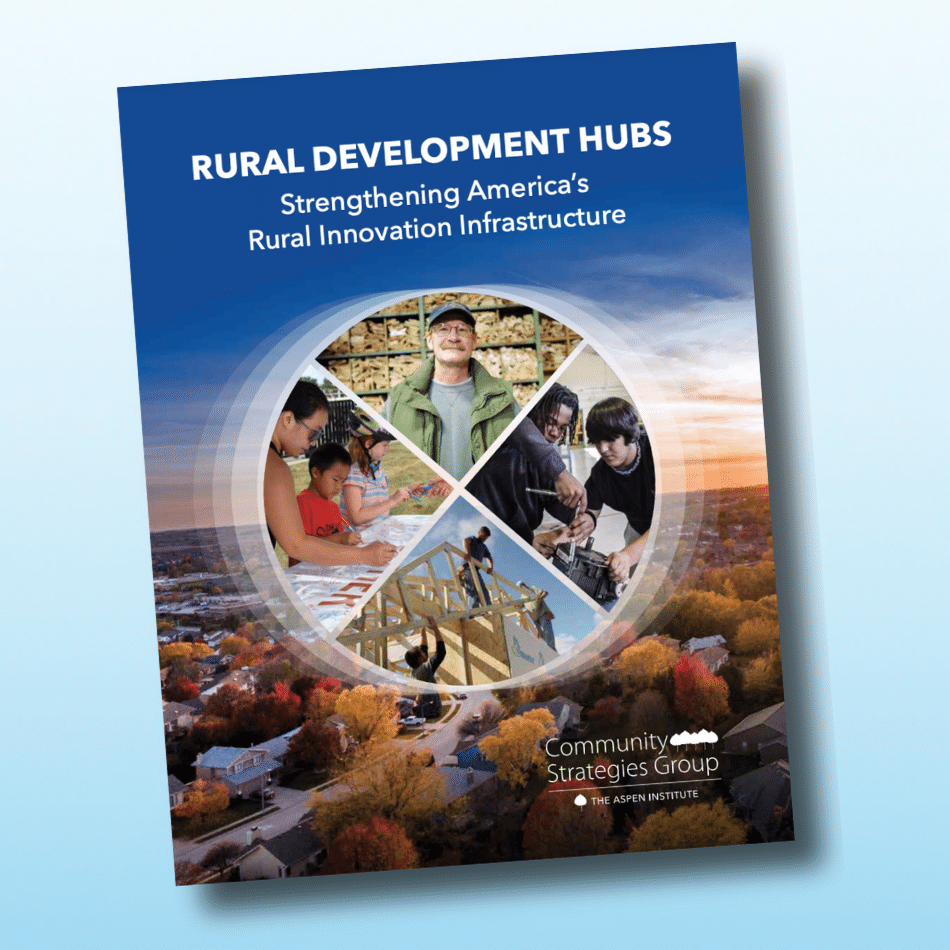View this Publication
Paper examines how many individuals aged 16 and older earned at least some wages and salaries over the course of a year but had families which nevertheless had aggregate annual incomes which left them below the official census poverty line for a family of their size and structure.
Researchers use census data for the years 1969, 1973, 1979, and 1987. Research finds that the incidence of working poverty fell until 1989 and then rose again against during 1980s. Research points to deindustrialization, declining educational attainment for some groups, the collapse (until the late 1980s) of the farm economy, and the growth in the number and proportion of families with only one adult wage-earner.








